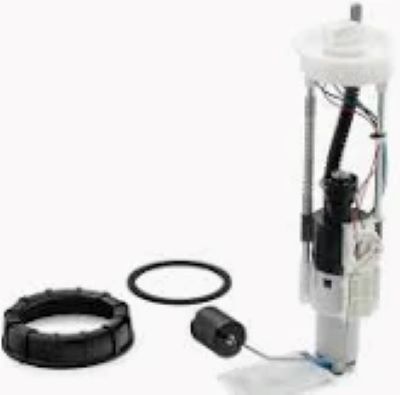High altitude driving presents its own set of challenges to fuel systems, namely the low atmospheric pressure that makes it easy for a fuel pump to cavitate. 5 Cavitation — the formation of vapor bubbles in fuel when pressure in fuel pump is too low to keep liquid — defined by inherent vapor-pressure characterisics (FID 607) Too many bubbles collapsing at once can harm the pump and make it less efficient. Tests have shown that cavitation can cause as much as a 30% efficiency loss in a pump at high altitudes.
The trick is to mitigate this risk by maintaining the proper level of fuel. Having retained at least half a tank of fuel for the fuel pump, it keeps submerged in the system and ensures pressure stability. This also limits the air exposure, preventing vapor from forming. As automotive engineer Mark Thompson puts it, “A tank that is topped off with gas is acting as a cushion against pressure swings.
A fuel containing the proper additives can keep your motor cavitation-free too. For high-performance engines, fuels are often blended with detergents and stabilizers that provide specific properties at different pressures. At higher altitudes the boiling point of fuel is critical, and these additives can raise it nearly 5°F.

Another option is to install a fuel pump built for high performance at altitude. The pumps are designed to run at low pressures which means they can suck better, resulting in a higher flow rate. There is a number of aftermarket pumps that can lift fuel delivery by up to 20% over stock, which will maintain proper fuel flow even under the most demanding circumstances.
Transporting fuel system units for maintenance is one of the purposes of preventing cavitation. The clogging fuel filters can restrict flow which in turn forces a pressure drop, often causing cavitation. Keeping up with those 15,000-mile fuel-filter replacements is crucial to ensuring a steady flow of fuel and efficient pump operation.
Furthermore, checking the engine performance will tell you whether cavitation issues might occur. Sputtering, loss of power under load, or lack of acceleration felt when the throttle is wide open may be symptoms related to those cavitation or other fuel delivery problems. Taking care of the issues immediately can avoid damaging the fuel pump and end up in a total engine.
In short, a fuel pump can be prevented from cavitating in high altitude driving if the above tactics are combined to prevent decreased fuel pressure or any other similar pump-degrading issue. These practices are designed to provide drivers with the best performance and maintainability possible, especially in difficult grounds.
Find out more on fuel systems over at Fuel Pump Taking care of your fuel system can dramatically increase driving experience even in highlands areas.
